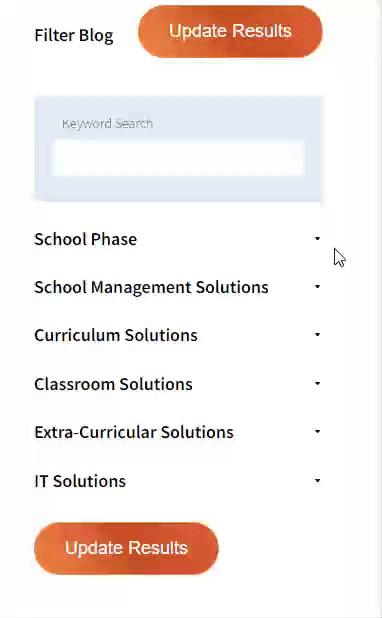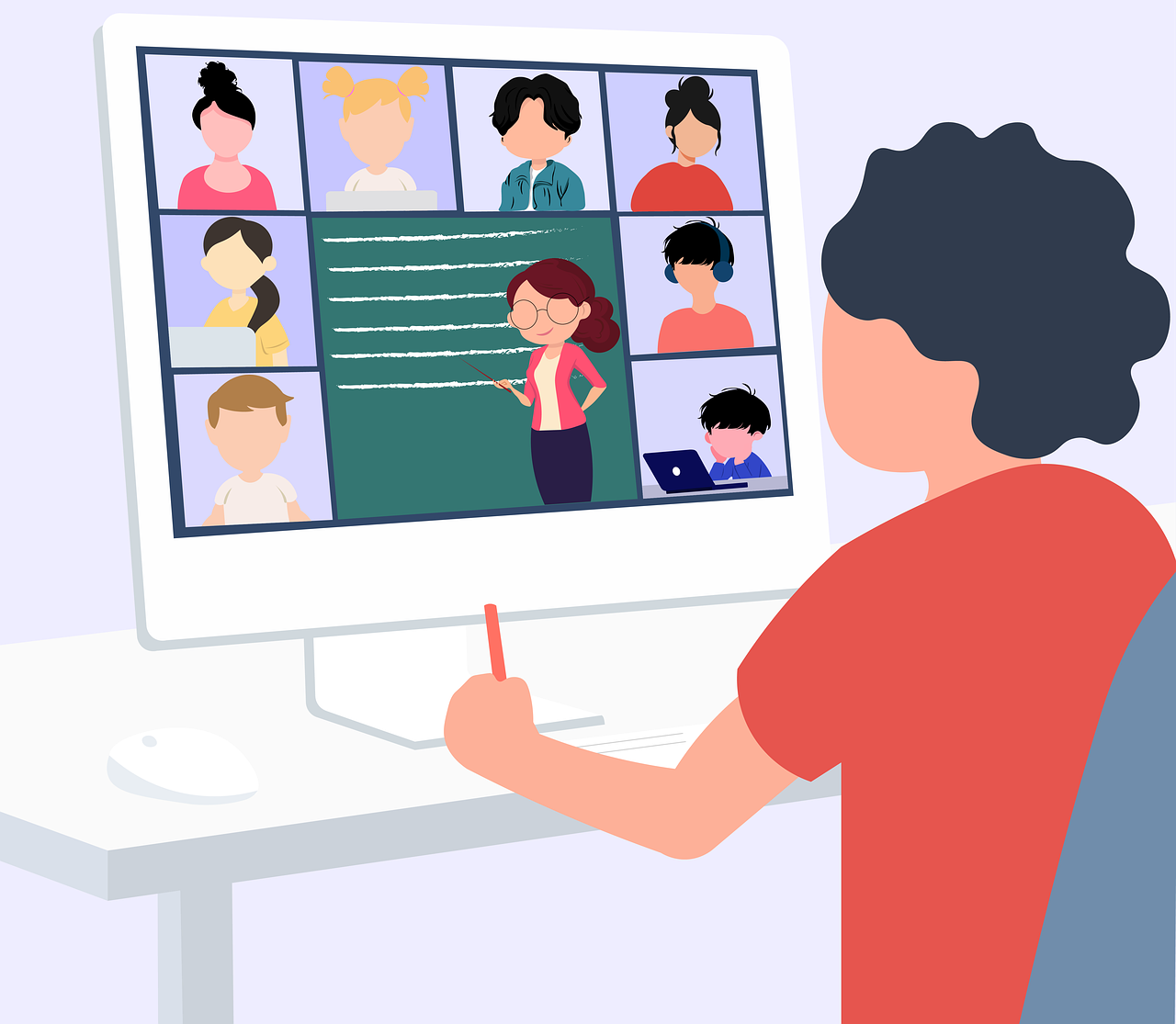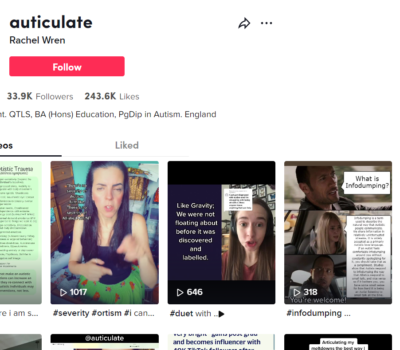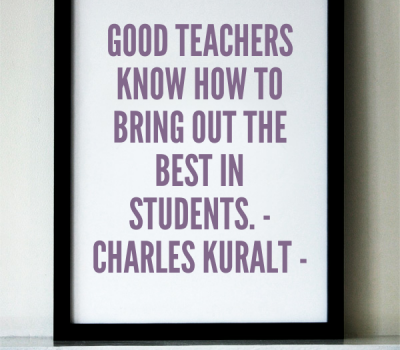


Our team sorts through all blog submissions to place them in the categories they fit the most - meaning it's never been simpler to gain advice and new knowledge for topics most important for you. This is why we have created this straight-forward guide to help you navigate our system.


And there you have it! Now your collection of blogs are catered to your chosen topics and are ready for you to explore. Plus, if you frequently return to the same categories you can bookmark your current URL and we will save your choices on return. Happy Reading!
eLearning was a growing industry before 2020, but the pandemic and its subsequent lockdowns meant many organisations had to make the shift almost overnight in order to continue delivering teaching and training.

When shifting in-person teaching to online formats, it’s not always as simple as recording a lecture and distributing course materials. Online courses which are little more than long lectures delivered to recorded PowerPoint slides run the risk of seeing low engagement and course completion rates, and will do little to allow learners to truly grasp the important topics you are looking to teach.
There are in fact a number of design, production, and delivery best practices to keep in mind when building online programmes, that will help you steer clear of these issues.
As Head of Development at Vensight Learn, I have been working with a range of organisations looking to improve their online courses, and have been able to create a crucial list of best practices which will help you to avoid pitfalls and make the most effective use of the video format to deliver the best results.
Keep the content focused and dynamic:
Utilise the unique benefits that the video format offers:
Use people to deliver aspects of the course alongside the online content, where appropriate:
Use technology appropriately:
Tutor specifically for online course delivery:
eLearning offers a huge number of opportunities for a great education – but only when a dedicated approach is taken to ensure your learners are getting the most from it.

The author

Read more

Read more

Read more

Read more

Read more

Read more

Read more

Read more


Are you looking for solutions? Let us help fund them! Nexus Education is a community of over 11,000 schools that come together to share best practise, ideas and CPD via online channels and free to attend events. Nexus also offers funding to all school groups in the UK via nexus-education.com


Established in 2011, One Education is a company at the heart of the education world, supporting over 600 schools and academies. Our unique appeal as a provider is in the breadth and synergy of the services we offer, supporting school leaders, teachers and support staff to achieve the best possible outcomes for their pupils and staff.

School Space is a social enterprise that has empowered schools for over 12 years through their profitable and hassle-free lettings services. So far, they’ve generated over £5 million in revenue for education, helping to connect over 200 schools with their local communities.


Unify is an online sales and marketing tool that allows users to create tailored personalised documents in moments.


There’s nothing special about the energy we sell. In fact, it’s exactly the same energy as all our competitors provide. But there is something special about the way we do it. Where others complicate the process, we simplify it. Where others confuse customers with hidden terms, we’re an open book. And where others do all they can to make as much money from their customers as possible, we do all we can to make as little. Everything we do, we do it differently. Our customers are a privilege. One we’ll never take advantage of.


Securus provide market-leading monitoring solutions to safeguard students on ALL devices both online and offline. We also offer a full monitoring service, where we carry out the monitoring on behalf of the school, freeing up valuable staff resources. From the smallest school to large MAT groups, Securus offers safeguarding protection for all!


Bodet Time offers dedicated solutions to education through lockdown alerts, class change systems, PA and synchronised clock systems. Improving time efficiency of the working and school day; ensuring safety through lockdown alerts; increasing communication with customised broadcast alerts.


Robotical makes Marty the Robot - a walking, dancing coding robot that makes programming fun and engaging for learners as young as 5. Our robots come with a full Learning Platform that has complete teaching resources, to make lesson planning a breeze.